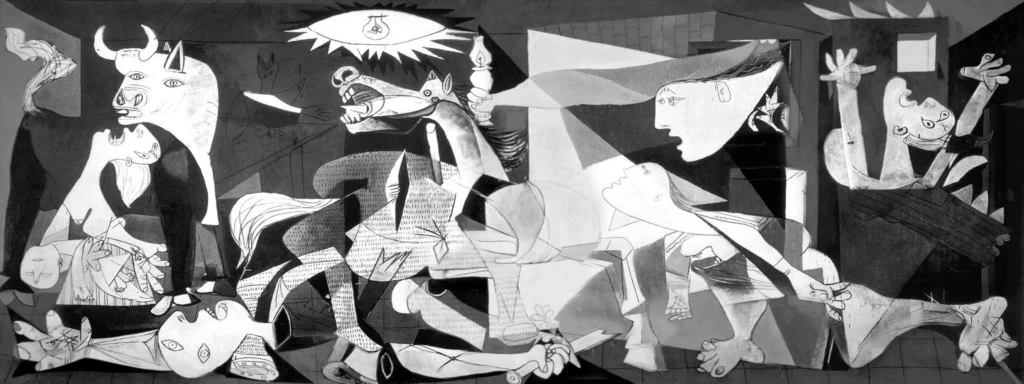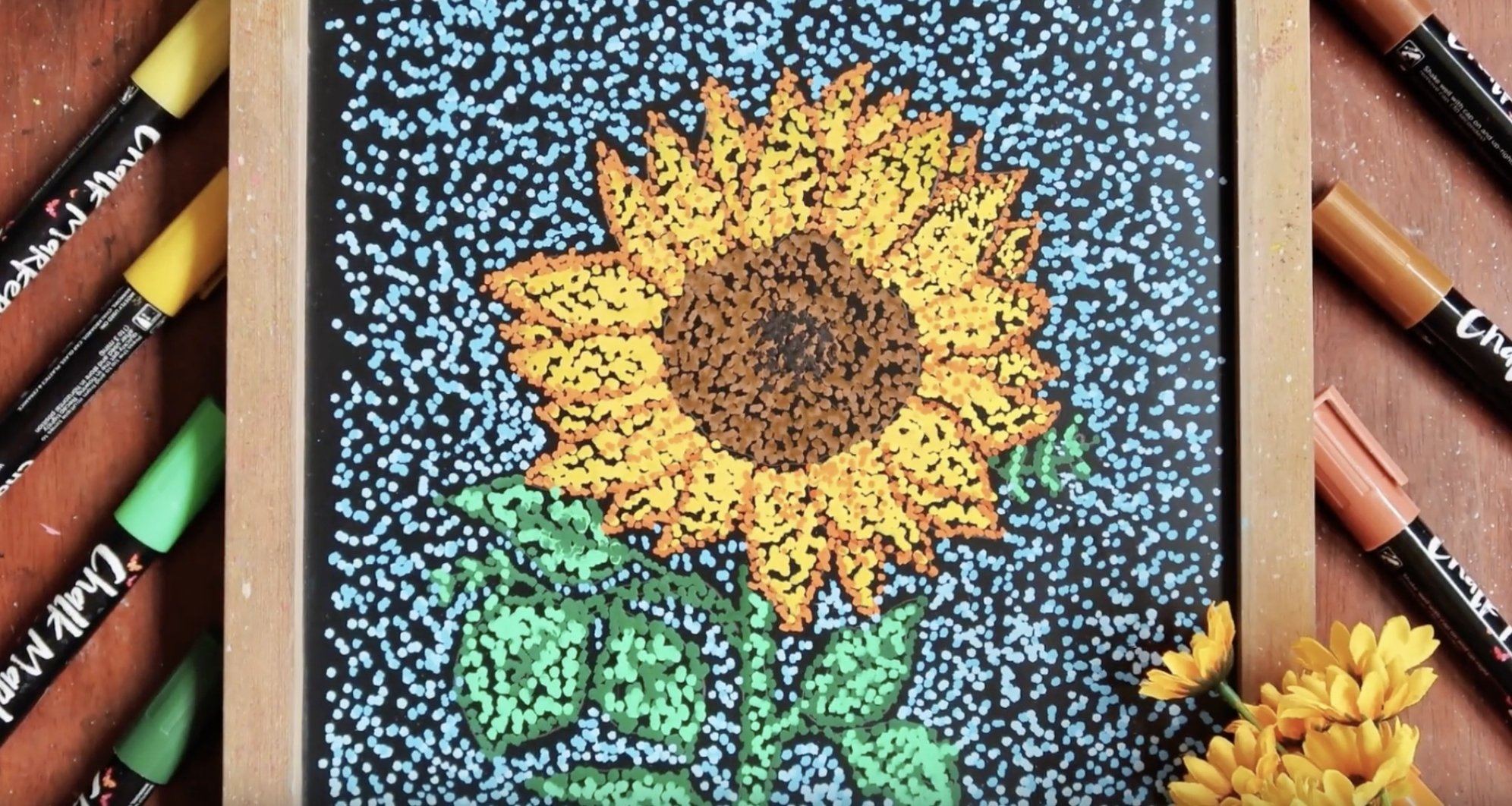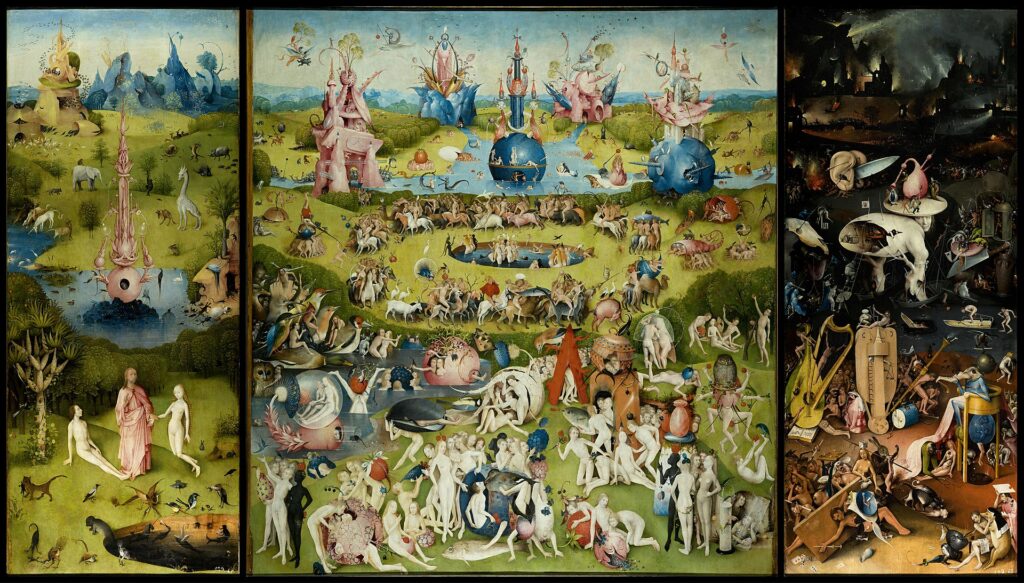The color weel is equally divided into two categories this image displays one of two color schemes.

Cool colors
A tool used to write down ideas and keep a record of your designs and concepts.

Sketchbook
This subject matter includes historical and personal images of people, many times the images include personal possessions and items that indicate occupation.

Portrait
This style of art was used in the early 1920s and was once considered an impression of art and not a fully finished piece. Using expressive gestures and vibrant colors to depict everyday people and events.

Impressionism
Scale
This color scheme lives across from each other on the color wheel and are commonly used during Christmas and Halloween .

Complementary Colors
This devise is used to make perfect circles.

Compass
This subject matter includes everyday items that are displayed for an artist to sketch, paint, or draw. This form is used all the way from practice to masterpieces. Paired with lighting and color theory this form is commonly used by the most well know artist.

Still life
This from of emotional and expressive art has a deeply rooted concept of physiological meanings. Commonly using expressive colors associated with moods and feelings .

Expressionism
This is a principle of design that suggests movement or action. Itis usually achieved through repetition of lines, shapes, colors, and more. It creates a visual tempo in artworks and provides a path for the viewer’s eye to follow.

Rhythm
This color scheme is used by famous artist such as Pablo Picasso and Vincent Van Gough. It is when you us several variations of the same color resulting in a full image composed from only one color.

Mono Chromatic
An arrangement of materials on paper
College
This subject matter can include rural or urban environments showing different places and geography.

Landscape
Salvador Dali is known as the father if this type of artistry. Creating dream like environments that display imagination, fear, doubt, blissfulness and, eureka moments in people's lives.

Surrealism
This is an element of art that compares the size of a part of an object in relation to the size of another part of the same object. Using this correctly in your artwork makes your art pieces more realistic and creates the perceptive relationships between elements in your composition.
Proportion
When you add white to a color you are changing this color scheme

Tint
This is a beautiful and refined form of writing used during the renascence period and commonly found in old religious text

Calligraphy
This form of subject matter is used to document things that have happened throughout time. It was one of the most important forms of art for a long time.
:no_upscale()/cdn.vox-cdn.com/uploads/chorus_asset/file/3963674/Declaration_independence.jpg)
Historical
This type of art developed in the late 1950's and was used for advertising. Andy Warhol perfected this type of artistry by creating POPs of color and use of solid lines to make clean and mass-produced work.

POP Art
This principal can be achieved using many different elements, like size, color, shape, texture, etc. and though it might seem quite simple to achieve, this principal should always be balanced with unity. Too much of this principal can make an artwork overwhelming to the senses or even hard to look at, however, in balance with this principal, the artwork becomes less chaotic and confusing.

Variety
Black, White and, Grey are Technically not apart of the color wheel and are considered this type of color scheme
Neutral colors
This technique uses tiny dots to create an overall image. Sometimes color is added and overlapped to create new colors .

Stipple Drawings
Comic books display the best example of this subject matter. It is known as the story that is shown through the images. Hint - N_R_A_I_E

Narrative
This is one of the first forms of refined art that shows historical subject matter that is highly accurate and classic in art techniques.

Classicalism
This principal refers to the sense of cohesiveness and completeness in an artwork, the feeling that everything belongs together. In simple words we can consider unity as the invisible glue that holds everything together, making sure every part looks like it belongs to the piece and contributes to the message it wants to send.

Unity


